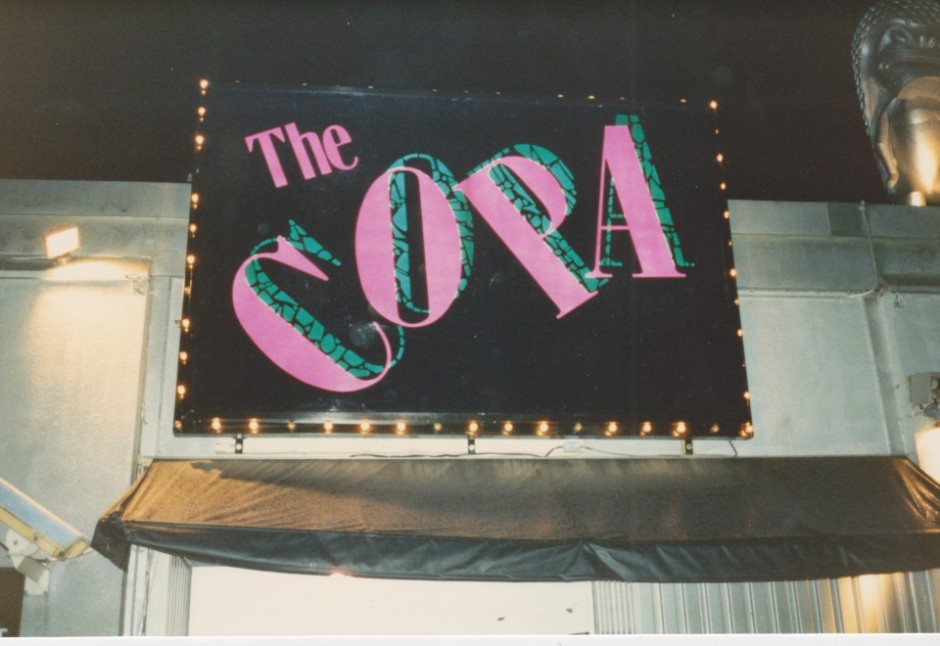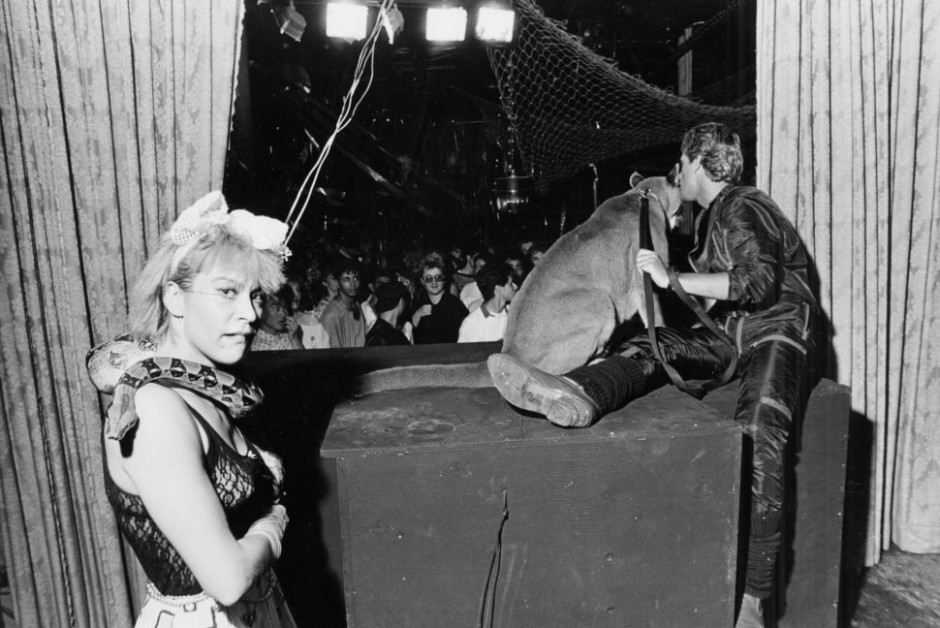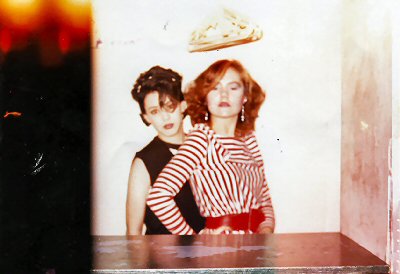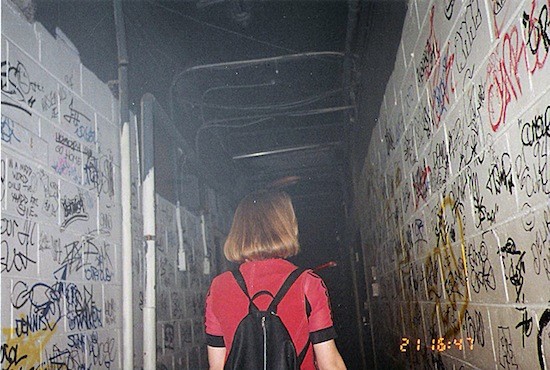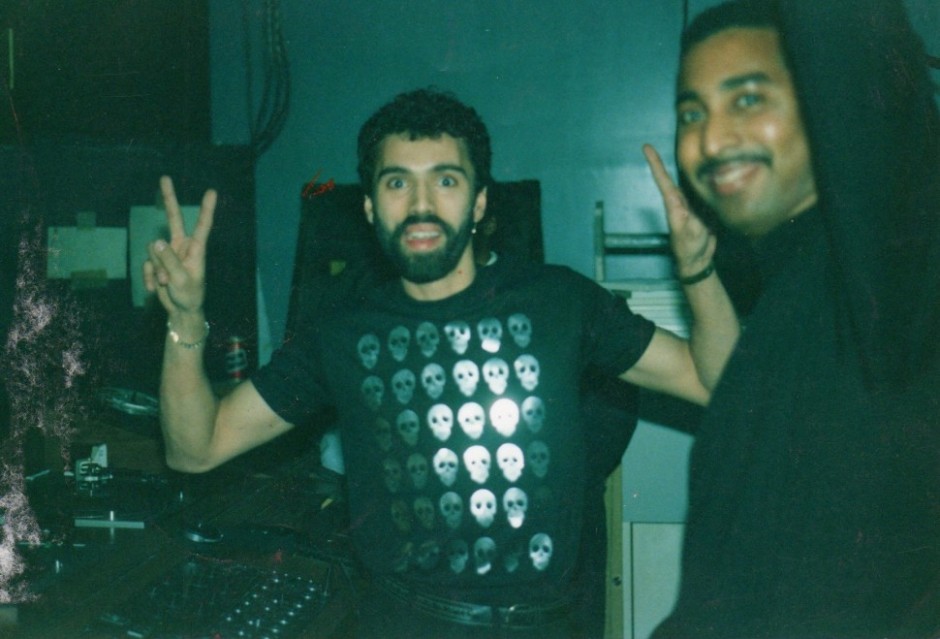Photo by Julie Levene, courtesy of Barry Harris.
Article originally published March 15, 2012 by The Grid online (TheGridTO.com).
Denise Benson looks back at the massive, corporate-owned Yorkville spot that helped create Toronto’s big-ticket nightclub experience in the early 1980s.
BY: DENISE BENSON
Club: The Copa, 21 Scollard
Years in operation: 1984 – 1992 [Original article stated 1983 - 1992]
History: Yorkville dance club and concert venue The Copa made its mark as one of the largest and busiest nightclubs to emerge in early 1980s Toronto. Opened in August 1984, the hotspot was located on the south side of Scollard, in a mixed commercial and residential area.
Its owners, the Chrysalis Group, were no strangers to Yorkville, having already opened trendy restaurants Bemelmans and the Bellair Café nearby. Chrysalis, in particular its CEO Tom Kristenbrun, would also go on to open Toby’s Goodeats and Bistro 990, but Chrysalis Group would make their mark with music as well as food.

